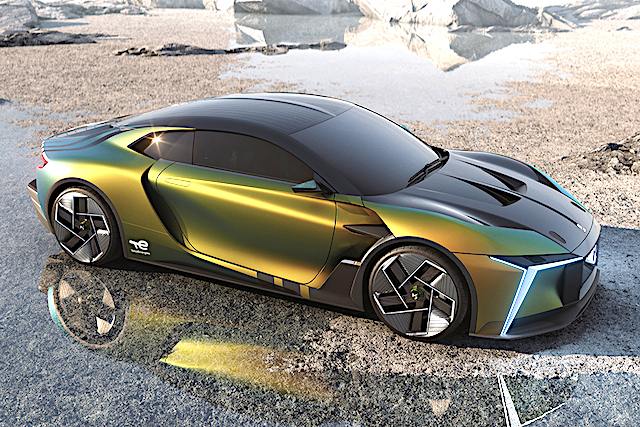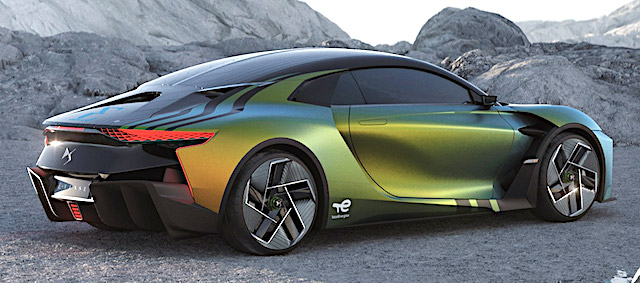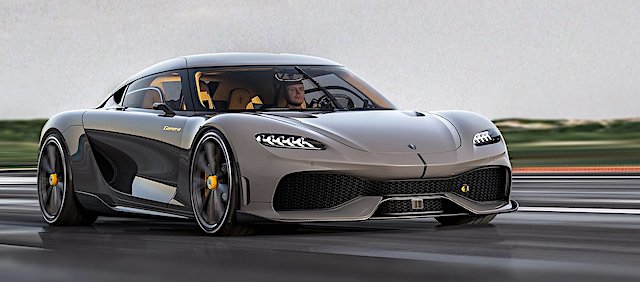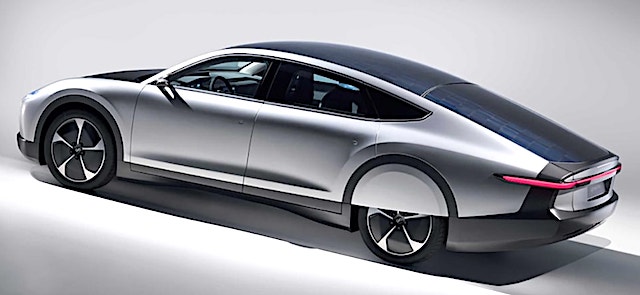
First, there’s Citroen offshoot DS Automobiles borrowing from its Formula E race car programme to build a battery-electric (BEV) prototype delivering 600kW and a mind-boggling 8000Nm. Yep, that’s eight thousand newton metres.
Then Swedish hypercar company Koenigsegg comes out with what it claims is the most power-dense electric motor ever built. It weighs just 28kg and develops 250kW/600Nm.
Now a start-up in the Netherlands says its BEV can be driven for months without being recharged, thanks to five-square metres of solar panels on the boot, roof and bonnet that help keep the plug-in battery topped up after being charged. It calls the car the Lightyear One.
France’s DS Automobiles calls its BEV E-Tense Performance. The two-door coupe (pictured at top and below) is built around a carbon-fibre monocoque chassis paired with Formula E suspension.
Two electric motors provide the oomph, the front unit delivering 250kW and the rear 350kW. That’s 600kW coupled to an otherworldly 8000Nm.
The rear-mounted battery pack is set in a carbon-aluminium composite housing and equipped with an advanced fluid-based cooling system.
The battery allows for a regenerative braking figure of 600kW, all but eliminating the need for traditional hydraulic brakes, although they are still included for safety.
DS estimates a 0-100km/h time of two seconds, with Formula E champs Jean-Éric Vergne and Antonio Felix da Costa taking the wheel in testing.
The interior of the car is trimmed in black leather and equipped with bucket seats, a Formula E steering wheel, and an ultra-premium Focal Utopia sound system.
Riding on 21-inch wheels fitted with aerodynamic insert covers, the prototype EV also sports a chameleon-style exterior paint job that changes colours depending on how light falls on the car.
Koenigsegg calls its electric motor Quark and says it will be used in a variety of in-house and external applications, including electric vehicles, aerospace engineering, and the marine industry.
Initially, three of the Quark motors will be mated a 2.0-litre turbocharged three-cylinder petrol engine in the upcoming 1268kW Koenigsegg Gemera hybrid hypercar (above).
Koenigsegg also has a drive unit named the ‘Terrier’, which pairs two Quark motors and delivers power through a torque vectoring system. It can be bolted directly into a monocoque or steel-tube chassis.
Solar car Lightyear One was designed in the Netherlands and built in Finland largely of aluminium and carbon-fibre. It weighs 1315kg and its tear-shaped body boasts a super slippery drag-coefficient of 0.20cd.
Initial testing was done in Italy, where it completed 400km on a single charge at a constant 130km/h. The 130km/h test returned a figure of 14.1kWh/100km.
That number drops to 8.3kWh/100km and an extended range of 725km from the 60kWh battery in normal driving conditions, say the makers. Four electric motors, one at each wheel, produce a combined 101kW and 1200Nm.
The four-door sedan (above and interior below) can, in theory, live off the grid, thanks to the solar panels harvesting energy from the sun. The panels are capable of harnessing up to 12km of range every hour.
That means during a sunny eight-hour workday, a parked up Lightyear One could harvest 96km of driving range. Even in cloudy conditions, its maker claims around 40km of range can be harvested.
Lightyear One is going into production in Finland. First deliveries, restricted to Europe, are expected to start in the next few months. It’s priced at around NZ$250,000. Just 946 cars will be built.
The company is already working on a more affordable solar-powered BEV. With a starting price of around NZ$50,000, the Lightyear Two is expected to go on sale in 2024/25.




